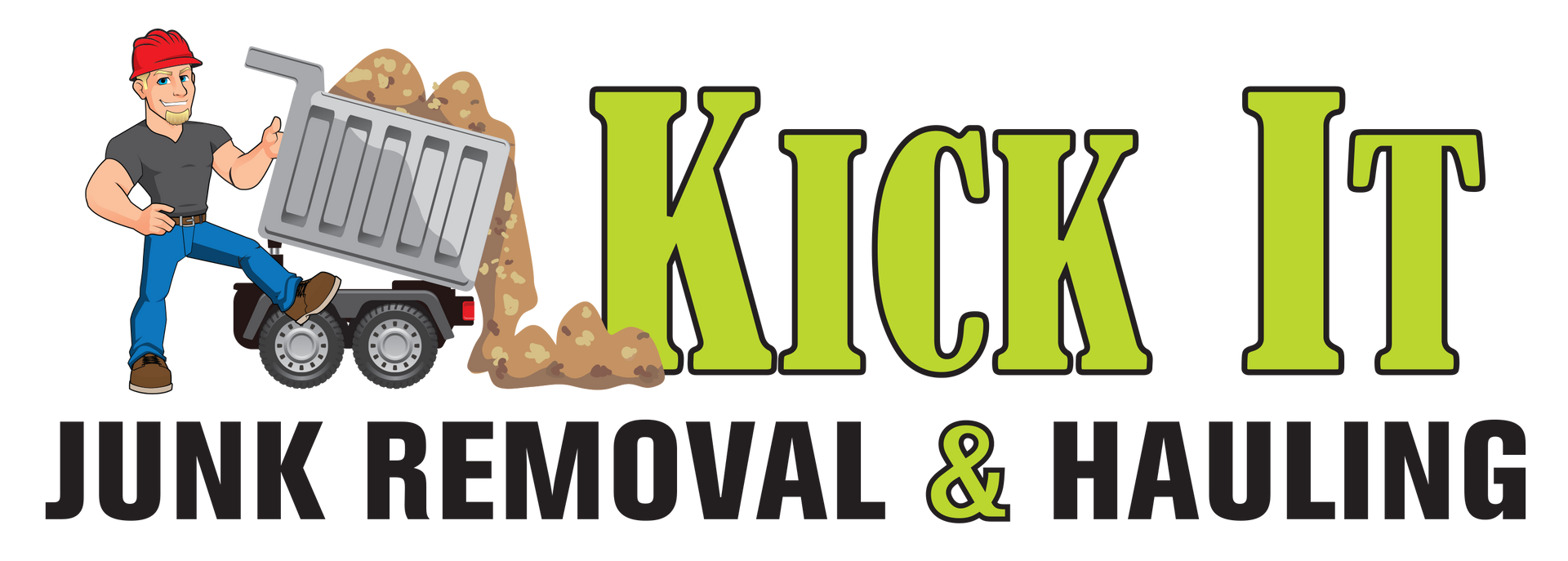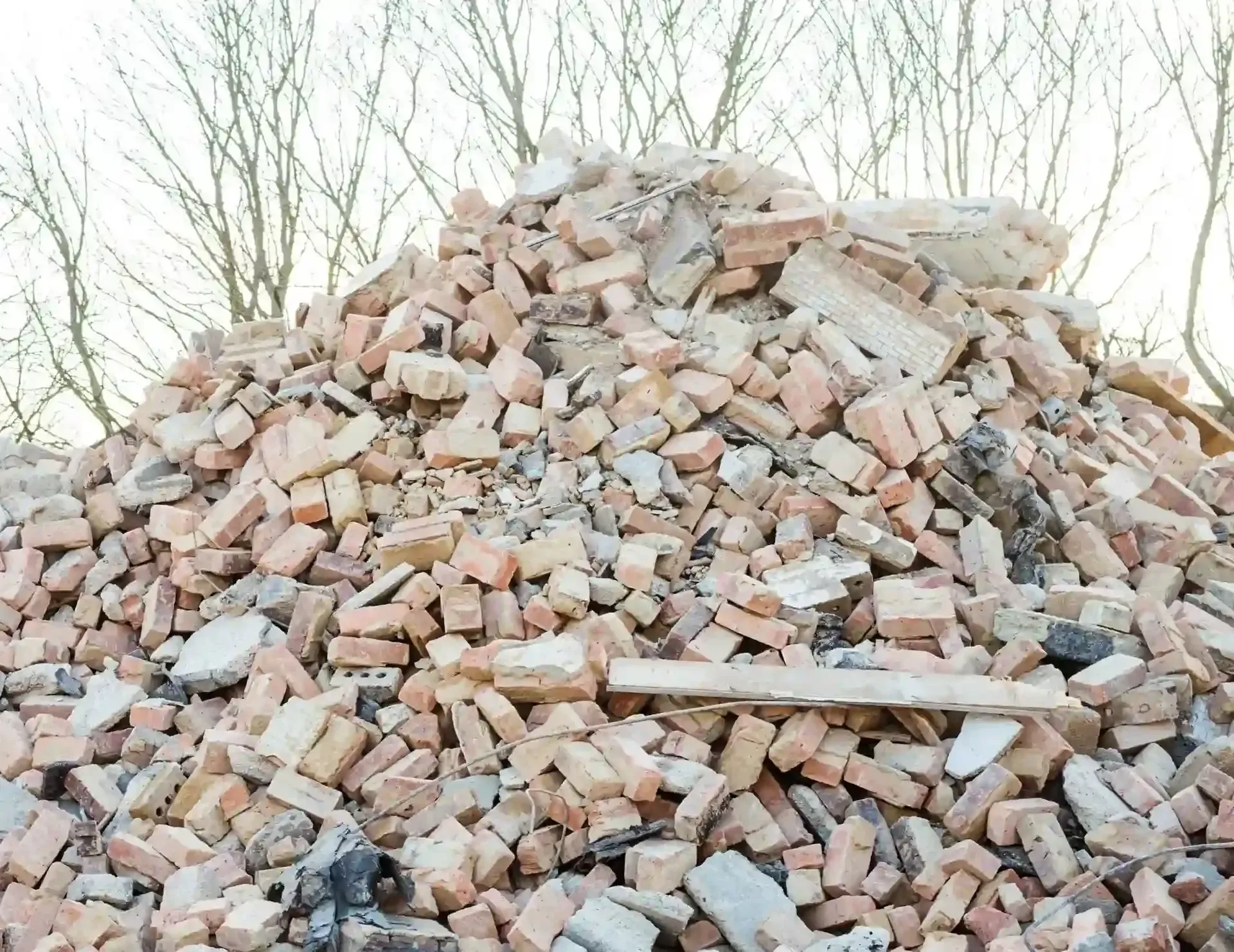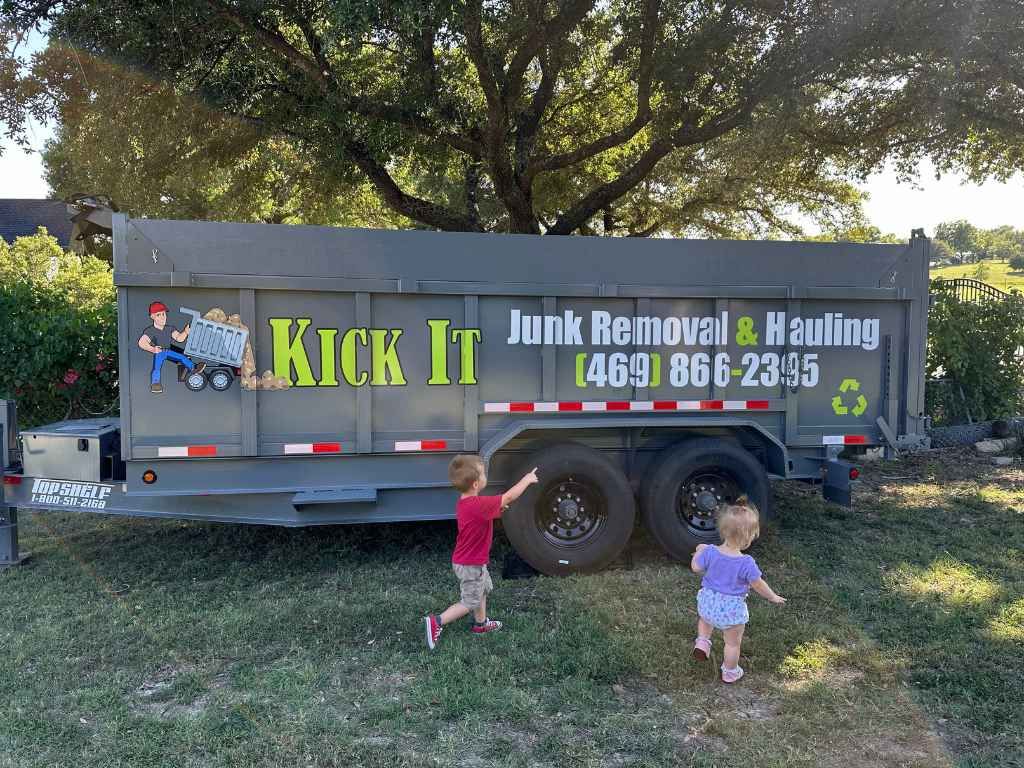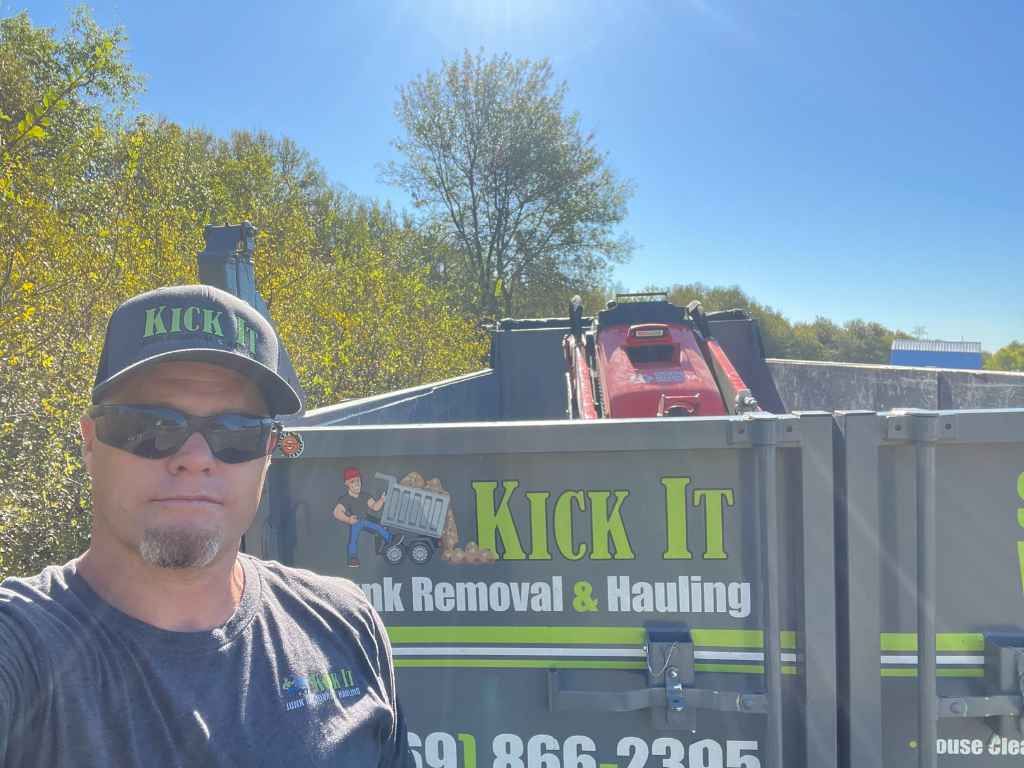Concrete Removal for Property Improvements
Concrete is one of the most commonly used materials in construction, particularly for driveways, patios, walkways, and other outdoor features. While it is durable and long-lasting, concrete can deteriorate over time due to environmental exposure, heavy traffic, or general wear and tear. When this happens, concrete surfaces become unsightly and even hazardous. Whether you’re renovating your home, preparing for a new construction project, or simply looking to improve the aesthetics of your property, concrete removal is often the first step.
Concrete removal is a process that can improve both the safety and appearance of your property. In this guide, we’ll dive deep into the importance of concrete removal for property improvements, the methods used, and what to expect during the process. Let’s explore why and how removing old concrete is an essential part of upgrading your property.
Why Concrete Removal Is Key for Property Enhancement
Concrete removal plays a crucial role in enhancing the overall look and functionality of your property. Over time, concrete surfaces can deteriorate, becoming cracked, uneven, or even dangerous. By removing these old, damaged concrete elements, you create an opportunity for a fresh start, whether you plan to install a new driveway, patio, or even landscape features. This simple yet significant step can elevate the appearance of your home and contribute to its value.
Why Concrete Removal Is Essential for Property Improvement
The decision to remove concrete from your property may arise from various factors. One of the most common reasons is the deterioration of the material itself. Concrete, while durable, isn’t immune to damage. Over time, exposure to weather elements, heavy loads, and even simple wear and tear can lead to cracks, holes, or uneven surfaces. Not only can this affect the aesthetic appeal of your home, but it also poses potential safety hazards. Cracked or uneven concrete can result in trips and falls, especially if it's located in high-traffic areas like driveways, patios, or walkways.
Removing damaged concrete is the first step toward improving the safety and appearance of your property. When the old, worn-out surfaces are removed, you open up the space for new, upgraded materials that can transform your property’s exterior. Concrete removal also plays a vital role in increasing your property value, especially if you're preparing to sell. A clean, well-maintained exterior appeals to potential buyers and can make a significant difference in first impressions.

The Process of Concrete Removal
Concrete removal is a straightforward yet labor-intensive process that involves several key steps. It requires precision, expertise, and the right equipment to complete the job successfully. Let’s break down the concrete removal process step by step.
Assessment and Planning
Before starting any concrete removal project, it is important to assess the current condition of the concrete and determine the best course of action. Depending on the area, you may need to consider factors like the thickness of the concrete, the presence of rebar, and the potential need for additional demolition work. For example, if you’re removing a driveway, you might have to remove layers of gravel or soil beneath the concrete before reaching the slab.
During this phase, it’s essential to consult with professionals who can help evaluate the scope of the job and determine what equipment and methods will be necessary. Proper planning ensures that the project goes smoothly and minimizes disruptions.
Preparation
Once the assessment is complete, the next step is preparation. This phase involves securing the area and ensuring that it’s safe for both workers and the property. If the concrete removal is happening in a residential area, this may involve fencing off the site or placing warning signs to alert others to the work being done.
During preparation, it is also necessary to identify any nearby utilities or underground structures that may be at risk of being damaged during removal. For example, water pipes, electrical cables, or gas lines could be located under the concrete surface. Marking these areas will help avoid accidents or costly repairs during the demolition process.
Concrete Removal
Once everything is in place, the concrete removal itself begins. This is the most labor-intensive part of the process, and the method of removal depends on the size of the project and the condition of the concrete. For smaller jobs, manual methods might be sufficient. This involves using hand tools like hammers, chisels, or sledgehammers to break up the concrete into manageable pieces.
For larger projects, specialized equipment is typically used. Jackhammers, excavators, and skid-steer loaders are often employed to break apart and remove large concrete slabs. These machines make the process more efficient and allow for faster removal. It’s important to hire skilled professionals who know how to operate this heavy machinery safely and effectively.
Hydraulic equipment can also be used to lift larger slabs of concrete for removal, particularly in situations where it might not be feasible to break the concrete into smaller chunks on-site. This method requires precise maneuvering and proper handling to avoid damaging surrounding areas.
Disposal and Recycling
Once the concrete is removed, it must be disposed of properly. Concrete waste should not be discarded in regular trash bins, as it is a heavy and bulky material that cannot be easily processed in local landfills. Instead, it is essential to dispose of the debris in a way that complies with local regulations.
A responsible contractor will ensure that all concrete waste is taken to a recycling facility where it can be reused. Concrete can be crushed into smaller pieces and repurposed in various construction projects, including as a base material for new pavement or as fill for other types of construction work. By choosing to recycle concrete, you reduce the environmental impact of your project and help preserve natural resources.
Methods for Concrete Removal
Several methods can be used to remove concrete, and the best option depends on the specific circumstances of the project. Here’s a look at some of the most common techniques.
Manual Concrete Removal
For small areas of concrete, manual removal may be the best solution. This process involves using basic hand tools, such as hammers, chisels, and sledgehammers, to break the concrete into smaller sections. While this method is slow and labor-intensive, it provides precision and allows for better control, making it ideal for projects where you need to avoid damaging nearby structures or landscaping.
Mechanical Concrete Removal
Larger, more extensive concrete removal projects require mechanical methods. Heavy equipment such as jackhammers, excavators, and skid-steer loaders are used to break up and remove concrete quickly. Mechanical removal is much faster than manual techniques, making it the preferred choice for larger surfaces such as driveways or patios. These machines are capable of breaking through thick concrete slabs, making the process more efficient.
Hydraulic tools, like concrete crushers or compactors, are also often employed to help break up concrete. These tools are particularly useful when you need to break the concrete into smaller chunks that are easier to dispose of.
Hydrodemolition
For projects that require minimal disruption to underlying structures, hydrodemolition might be a suitable option. This process involves using high-pressure water jets to break apart the concrete while preserving the underlying material, such as rebar. Hydrodemolition is particularly effective for removing concrete from areas where you want to avoid damaging the substrate. It's often used for bridge repairs or when removing concrete floors without disturbing the structure beneath.
Chemical Concrete Removal
In some cases, chemicals can be used to help dissolve concrete and make it easier to remove. However, chemical removal methods are less commonly used due to environmental concerns and the potential hazards associated with chemical exposure. Special agents are applied to the surface of the concrete, and once they’ve had time to react with the material, the concrete can be easily removed in smaller pieces.
Key Considerations When Removing Concrete
While concrete removal can be an effective way to improve your property, there are several important considerations to keep in mind before beginning the project.
Cost Factors
The cost of concrete removal can vary depending on factors such as the size of the project, the type of concrete being removed, and the removal method used. Larger projects and tougher materials may require specialized equipment, increasing costs. It’s always advisable to get a few estimates from professional concrete removal services to ensure you’re getting a fair price for the job.
Safety
Concrete removal can be hazardous, especially when using heavy machinery or dealing with large structures. Workers should always wear appropriate safety gear, such as helmets, goggles, and gloves, to protect against flying debris. If you’re handling the project yourself, be sure to take the necessary precautions to avoid injury.
Professional Assistance
Hiring professionals with experience in concrete removal ensures that the job will be done safely and efficiently. Experienced contractors have the right tools and knowledge to handle the work, minimize risks, and ensure that all debris is disposed of correctly. Additionally, professionals can assess the concrete’s condition and determine the best method for removal, saving you time and money in the long run.
Conclusion
Concrete removal is an essential part of many property improvement projects, whether you're upgrading your home, preparing for new construction, or simply eliminating old, worn-out surfaces. The process can be complex, requiring the right tools, methods, and expertise to ensure that the job is done safely and efficiently. By understanding the methods of concrete removal and considering the key factors involved, you can make informed decisions that enhance the safety, appearance, and value of your property.
For residents of Forney, Texas, looking for professional concrete removal services, Kick It Junk Removal & Hauling is here to assist you. Offering reliable, efficient concrete removal solutions, we ensure your property improvement projects go smoothly from start to finish. Contact us today at 469-866-2395 or email Paul@kickitservices.com to learn more or schedule a consultation.











